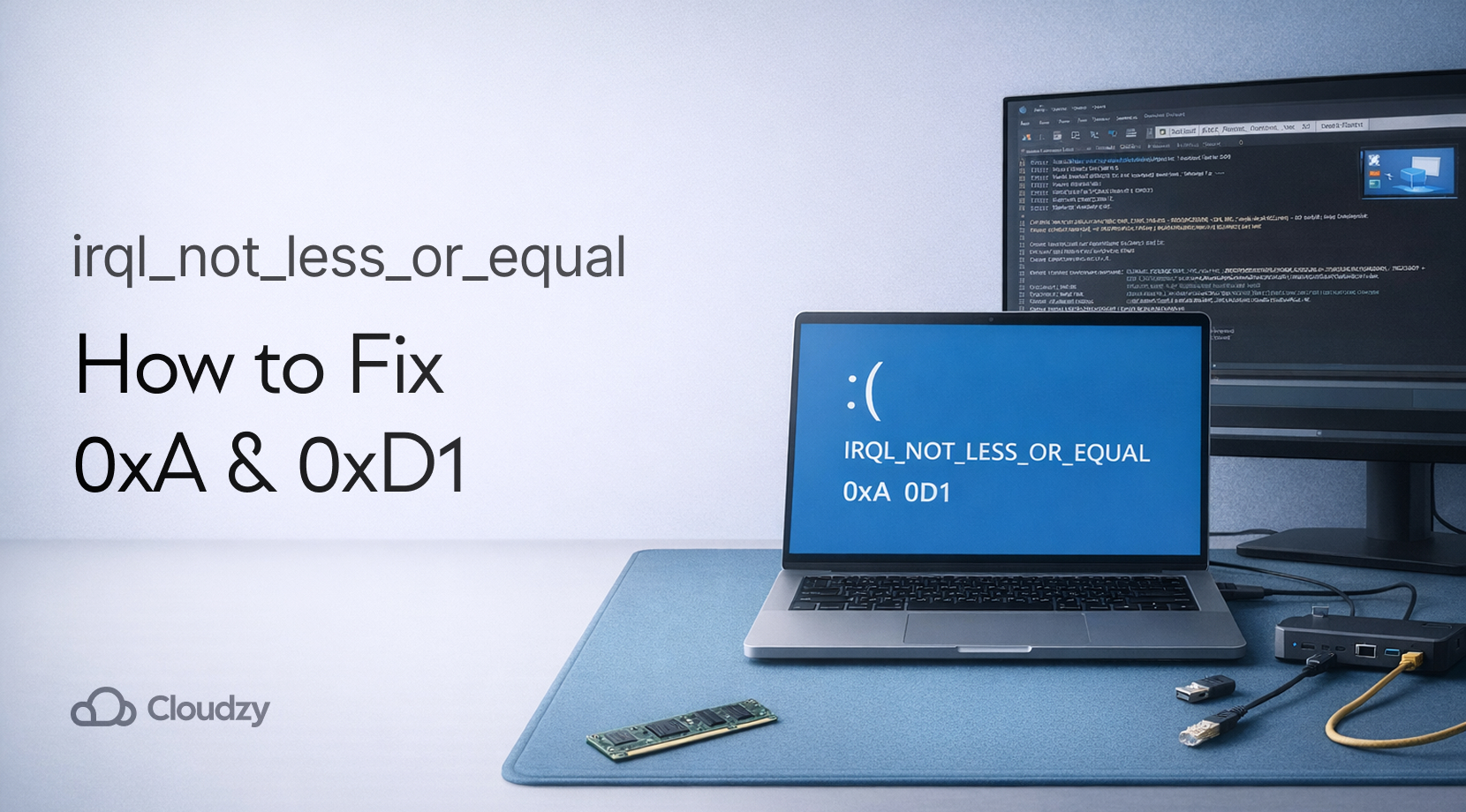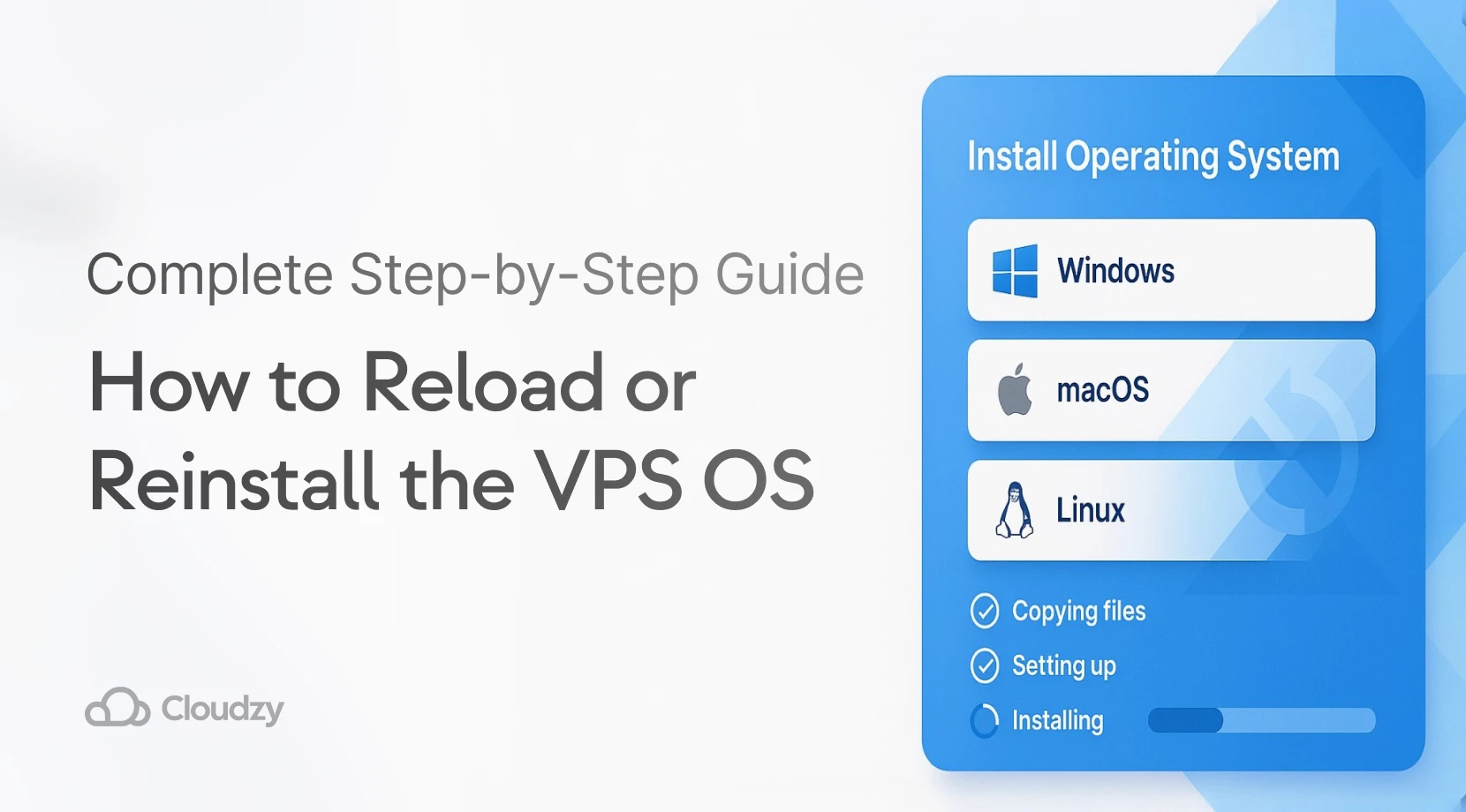These days lots of cybersecurity threats are rapidly evolving and these threats put organizations in a vulnerable position. A single unpatched flaw in the organization can lead to significant breaches and potentially result in financial loss, damaged reputations, and exposed sensitive data. I believe this explanation should be enough for organizations to take vulnerability assessment and penetration testing very seriously that’s why we wrote this blog post to highlight the urgent need for vulnerability assessment and penetration testing tools which are shortly called VAPT. VAPT tools can do a great job at identifying and mitigating vulnerabilities before hackers can exploit them if an organization doesn’t benefit from these tools security teams will find themselves reacting to attacks rather than preventing them this reactive approach comes with costly downtime it may also lead to data breaches and regulatory fines. So join us as we talk about using VAPT tools as a systematic way to uncover vulnerabilities.
What Are VAPT Tools?
Vulnerability Assessment and Penetration Testing (VAPT) tools are important components of cybersecurity. What these tools do is they basically find and fix security weaknesses in an organization by doing so they help an organization improve its digital infrastructure.
Vulnerability Assessment Tools are designed to scan and detect potential security flaws in your systems, applications, and networks. They are like automated checkers that look for any weak points that could be exploited by hackers. These tools provide a comprehensive report of all identified vulnerabilities. A vulnerability assessment approach is like putting yourself in the shoes of a hacker and trying to imagine how an attacker would exploit your organization’s vulnerabilities.
Penetration Testing Tools, on the other hand, simulate real-world attacks on your systems. They go beyond just finding vulnerabilities—they actively test and exploit these weak points to see how far an attacker could go. This process is helpful because it can show you the actual impact of the vulnerabilities not just show you what the vulnerabilities are by applying penetration testing tools you can understand how well your current defenses would hold up in a real attack. If you’re curious to learn more about this topic, I encourage you to read our blog dedicated to penetration testing.
VAPT tools help you in implementing vulnerability assessment and penetration testing in your security routines. They actually provide a proactive approach to security so you are always one step ahead of the attackers. This not only protects sensitive data but also helps maintain customer trust in your organization.
Top VAPT Tools for 2025
In 2025, the landscape of cybersecurity will be more complex than ever. Because with the advancement of technology, hackers have also found advanced methods. So, it’s necessary to use the leading VAPT tools to protect sensitive information and maintain system integrity. Here are some of the top VAPT tools recommended by security experts and penetration testers:
1. Nessus
Nessus is a widely recognized vulnerability assessment tool that is known for its comprehensive scanning capabilities. It identifies vulnerabilities, misconfigurations, and malware and provides detailed reports based on what it has found. It also allows you to customize your reports and get real-time updates.
Pros:
- High accuracy
- User-friendly interface
- Excellent customer support
Cons:
- Can be resource-intensive
- Licensing can be expensive for larger organizations
2. OpenVAS
OpenVAS (Open Vulnerability Assessment System) is a highly versatile, open-source tool that offers powerful scanning and management of security vulnerabilities. Known for its comprehensive capabilities and extensive database of network vulnerabilities, OpenVAS is well-suited for a range of network security needs. It benefits from continuous updates and a scalable architecture, making it accessible and effective for teams with different budget constraints.
Pros:
- Free and open-source
- Flexible and customizable
- Supports a wide range of platforms
Cons:
- Steeper learning curve
- Requires a lot of system resources
3. Burp Suite
Burp Suite is a popular vulnerability testing tool that finds security weaknesses in web applications. It performs comprehensive web vulnerability scanning with advanced manual testing tools. It also provides a detailed analysis of the security conditions of your system.
Pros:
- Powerful web application scanner
- Highly configurable
- Active community and extensive documentation
Cons:
- Expensive professional version
- Can be complex for beginners
4. Qualys Guard
Qualys Guard is a cloud-based solution praised for its scalability and robust suite of security tools, including vulnerability management, web application scanning, and compliance monitoring. It offers automated vulnerability detection paired with comprehensive compliance reporting, making it particularly suitable for enterprises. The platform also provides real-time threat intelligence, ensuring up-to-date protection and effective management of security risks.
Pros:
- Scalable and flexible
- Easy integration with other security tools
- Comprehensive reporting
Cons:
- High cost for small businesses
- Dependency on Internet connectivity for Cloud access
5. Acunetix
Acunetix specializes in web vulnerability scanning and detects issues such as SQL injection, XSS, and other exploitable vulnerabilities. One of its great features is that it integrates seamlessly with popular CI/CD tools. It also has an advanced crawler and scanner.
Pros:
- Fast and accurate scanning
- User-friendly interface
- Excellent customer support
Cons:
- Can be pricey
- Limited features in the basic version
6. Metasploit
Metasploit is the go-to framework for penetration testing, known for its extensive library of exploits and payloads. It empowers security experts to simulate real-world attacks and assess their systems’ resilience.
Pros:
- Widely used in the industry
- Extensive database of exploits
- Basic version is free and open-source
Cons:
- Not beginner-friendly
- Potential for misuse due to its powerful features
7. ZAP (OWASP)
ZAP is a highly regarded, community-driven tool for web application security testing, developed and maintained by the Open Web Application Security Project (OWASP). Known for its user-friendly interface, it is one of the most widely used tools in the industry. ZAP supports both automated and manual testing, making it an excellent choice for beginners and seasoned security professionals alike.
Pros:
- Actively maintained and supported by a large community
- Offers a simpler learning curve for beginners
- Free and open-source
Cons:
- Limited advanced features
- Can be slower when handling complex or large-scale scans
By using these VAPT tools, organizations can enhance their security posture and identify vulnerabilities before they can be exploited by malicious actors. Each tool has its unique strengths and considerations, so it’s essential to choose the one that best fits your specific needs and security requirements.
Key Features to Look for in Vulnerability Testing Tools
When you’re selecting a vulnerability scanning tool, you should consider several key features to choose a tool that meets your organization’s security needs. Here’s a detailed look at what to consider, along with some examples to illustrate their importance:
Accuracy and Comprehensiveness
A tool should perform precise and thorough scanning and be able to identify a wide range of vulnerabilities with minimal false positives and false negatives. Imagine you’re a security analyst at a mid-sized company. You run a scan and get a report showing hundreds of vulnerabilities. If the tool isn’t accurate, you might waste hours chasing down false positives, or worse, miss a critical vulnerability that’s buried in the noise. So, a comprehensive tool should make sure you catch everything significant without overwhelming you with irrelevant data.
User-Friendliness
An intuitive interface and ease of use are very important for efficient operation, especially for teams with varying levels of expertise in cybersecurity. Let’s say you’re onboarding a new team member who’s fresh out of college. If your vulnerability scanning tool has a steep learning curve, they’ll spend more time figuring out how to use it than actually finding and fixing vulnerabilities. A user-friendly tool allows new and experienced users as well to have great overall productivity.
Integration Capabilities
The ability to seamlessly integrate with other security tools, systems, and workflows has a vital role in your security strategy and efficient incident response. Suppose your company uses a variety of security tools like SIEM systems, intrusion detection systems, and patch management tools. A vulnerability scanner that integrates well with these systems can automatically feed data into your SIEM, trigger alerts in your IDS, and even kick off patching processes. This creates a streamlined, efficient workflow that enhances your overall security posture.
Challenges in Implementing Vulnerability Scanning Tools
Although implementing vulnerability scanning tools can enhance an organization’s security posture, it also comes with several challenges. By understanding and addressing these challenges, you can effectively benefit from these tools. Let’s review the challenges of using VAPT tools:
False Positives
One of the most common challenges when using VAPT tools is dealing with false positives. False positives happen because vulnerability scanning tools sometimes identify non-existent threats. This leads to unnecessary investigations and resource allocation. So, false positives not only waste your time but can also cause alert fatigue among security teams.
Resource Requirements
Many vulnerability scanning tools need a lot of computational resources to work well. Full scans can be costly in bandwidth and cpu, impacting other systems. Organizations need to make sure they have adequate infrastructure in place to support these tools without disrupting normal operations.
Skilled Staff
Effectively using vulnerability scanning tools requires experts who can interpret the results and take appropriate actions. The shortage of cybersecurity professionals is a well-known issue, and finding experienced staff who can manage these tools and respond to the identified vulnerabilities can be challenging. As a solution, you might consider investing in training and professional development to fill this skills gap in your organization.
If your organization is facing a gap in security and DevOps expertise, Cloudzy can help. With our DevOps service, you’ll have access to experienced DevOps support that optimizes your infrastructure for both security and efficiency. Let Cloudzy handle these complexities, freeing you to concentrate on your core business objectives.
Integration with Existing Systems
Integrating vulnerability testing tools with existing security systems and workflows can be complex. So you need to make sure they are compatible and operate smoothly with each other. This often involves custom configurations and ongoing maintenance to make sure that all tools work together harmoniously.
Keeping Up with Updates
Cyber threats advance very fast, and so must the tools designed to counter them. Regular updates and patches can help a lot to keep vulnerability scanning tools effective against the latest threats. But managing these updates can be challenging, especially in large organizations with multiple tools and systems.
Balancing Depth and Performance
There is often a trade-off between the thoroughness of a vulnerability scan and the performance impact on the network. Deep, comprehensive scans can detect more vulnerabilities but may significantly slow down network operations. Finding the right balance between thoroughness and performance is both challenging and important.
Privacy Concerns
Vulnerability scanning tools can sometimes access sensitive data during scans. You should make sure that these tools comply with privacy regulations and policies. Organizations need to carefully configure scans to respect privacy boundaries while still effectively identifying vulnerabilities.
Conclusion
To protect your organization from cyber threats, it’s essential to implement effective VAPT tools. These tools bring substantial benefits but also pose complex challenges that must be addressed in your strategies. This blog has explained how to carefully choose the appropriate tools, ensure proper integration, and invest in continuous training and updates.
FAQ
What are VAPT tools?
VAPT tools are software solutions used to identify, assess, and mitigate vulnerabilities in an organization’s IT infrastructure. VAPT stands for Vulnerability Assessment and Penetration Testing. Vulnerability assessment tools focus on scanning and identifying security weaknesses, while penetration testing tools simulate cyber-attacks to test the effectiveness of security measures.
What are the automated tools for VAPT?
Automated tools for VAPT include software that scans for security weaknesses (vulnerability assessment) and simulates attacks to test defenses (penetration testing). Popular tools are Nessus, OpenVAS, and Burp Suite. These tools help find and fix security issues automatically, making it easier to keep systems safe.
What are the benefits of using vulnerability scanning tools?
Vulnerability scanning tools offer lots of benefits, including early detection of security weaknesses, which allows organizations to address vulnerabilities before cybercriminals exploit them. Additionally, regularly using vulnerability scanning tools enhances the overall security posture of the organization and reduces the risk of data breaches.



